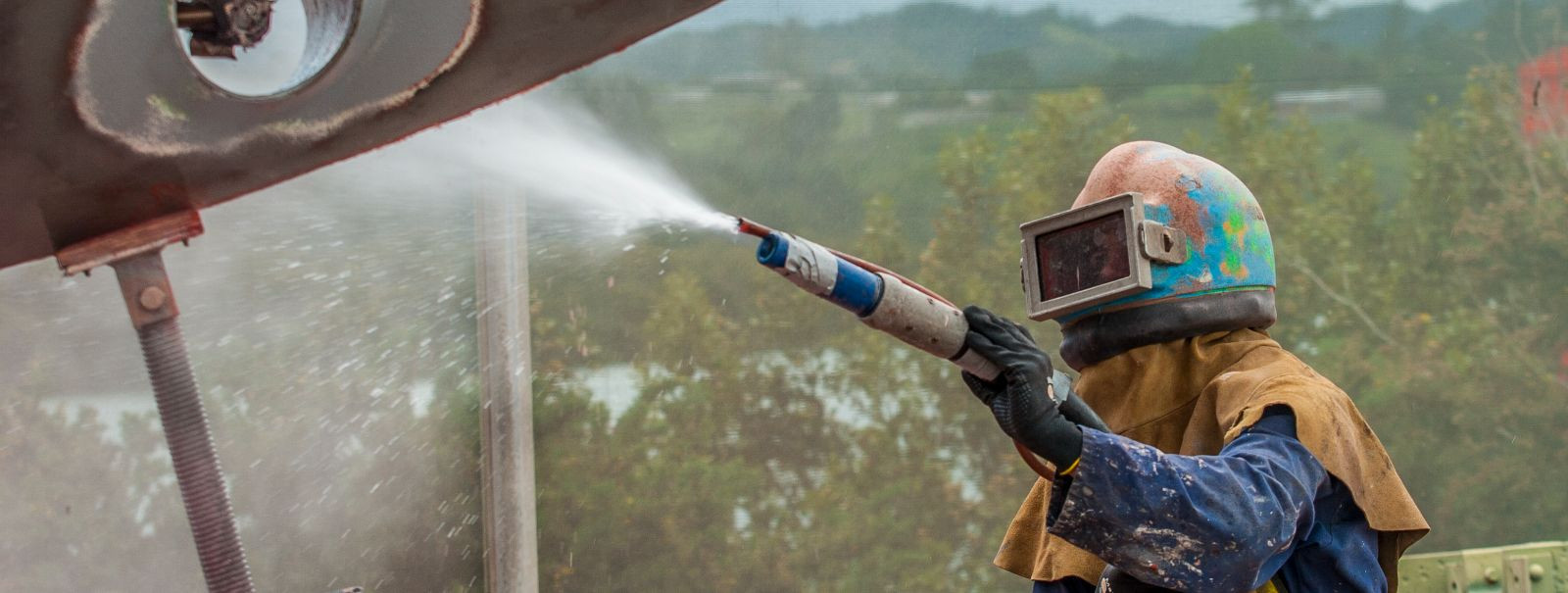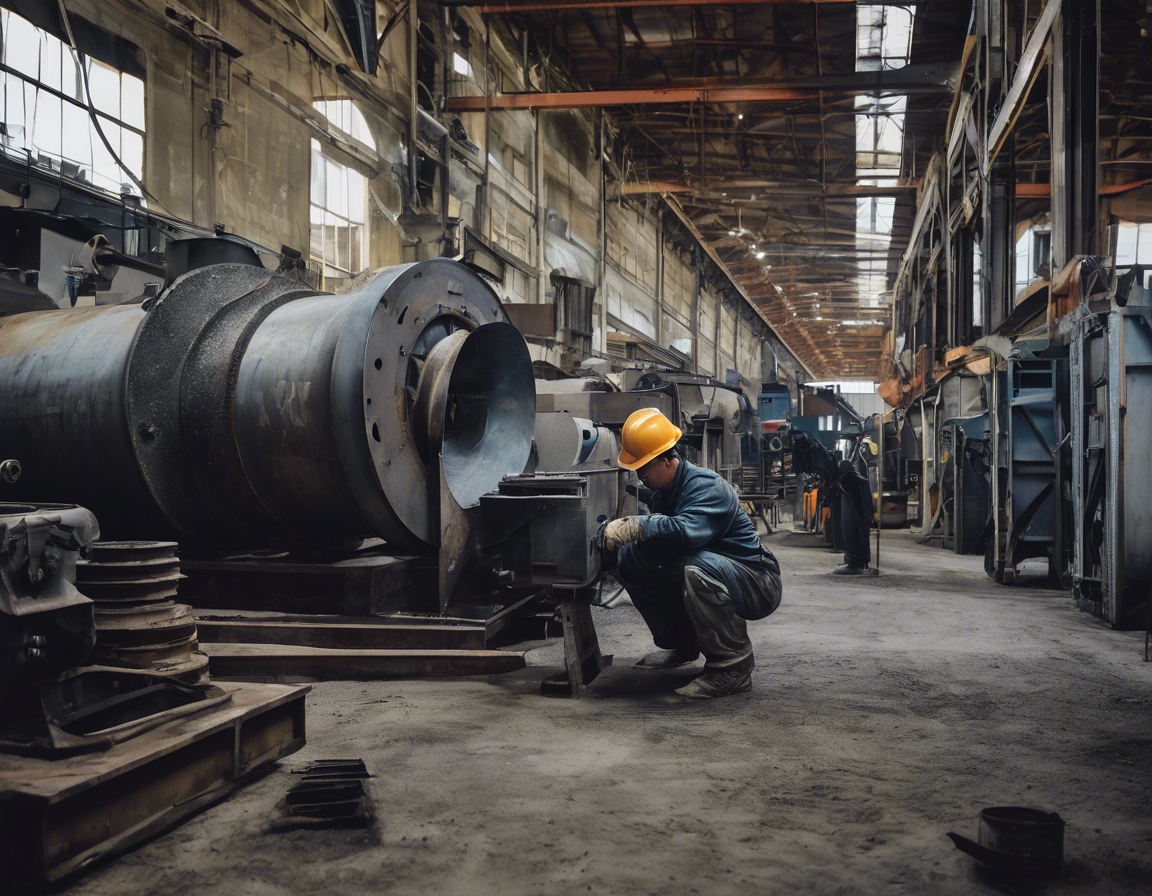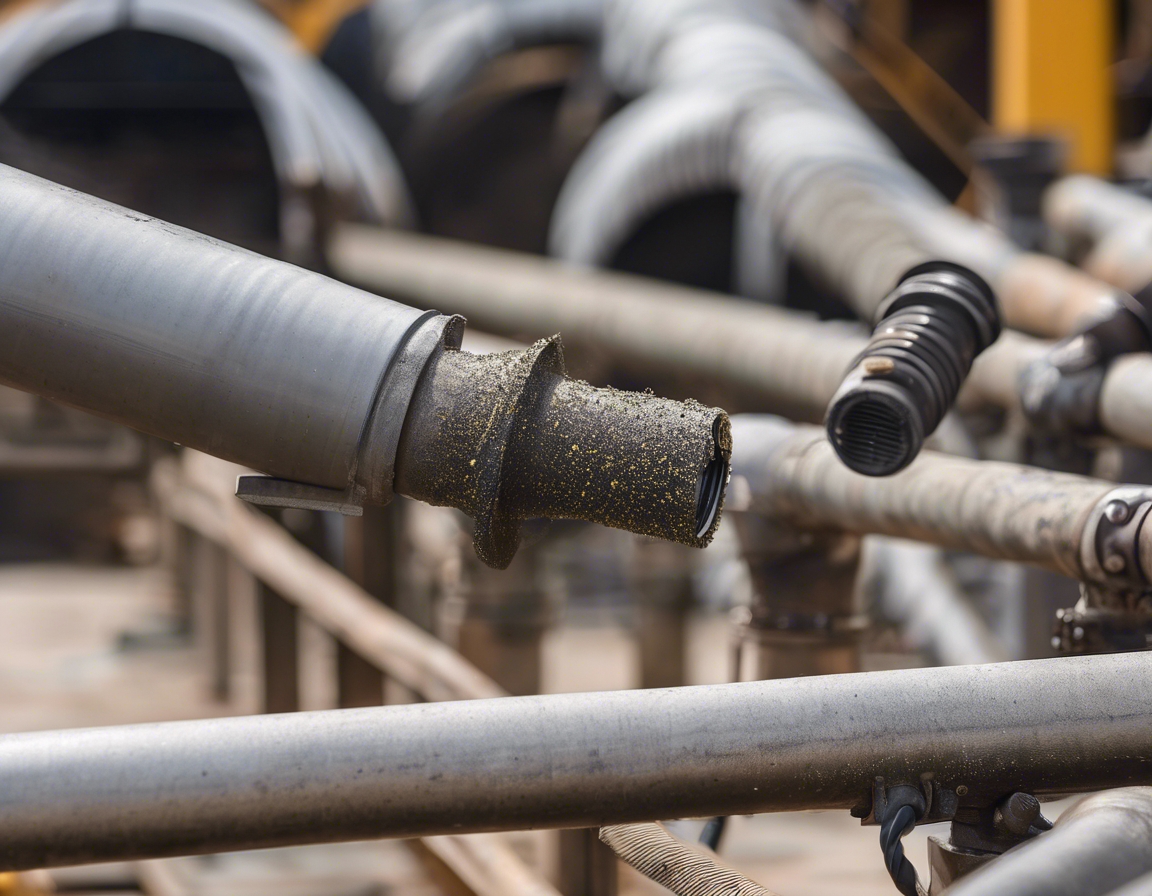How sandblasting can extend the life of your metal structures
Sandblasting, also known as abrasive blasting, is a process that propels fine particles at high velocity to clean or etch a surface. This technique is widely used in the metal and construction industries to prepare surfaces for painting, coating, or other treatments. By removing rust, old paint, and other contaminants, sandblasting ensures that metal structures are not only aesthetically pleasing but also structurally sound.
The Importance of Surface Preparation
Proper surface preparation is crucial for the longevity of metal structures. Without it, coatings may not adhere properly, leading to premature failure and increased maintenance costs. Sandblasting provides a clean, roughened surface that enhances the adhesion of protective coatings, thereby extending the life of the metal.
How Sandblasting Works
The sandblasting process involves using a high-pressure air stream to propel abrasive materials against a surface. The abrasives can vary from sand to more specialized materials like glass beads or steel grit, depending on the desired finish and the type of metal being treated. The impact of the abrasives removes surface contaminants and creates a profile that improves coating adhesion.
Benefits of Sandblasting for Metal Structures
Sandblasting removes impurities and surface defects that can compromise the integrity of metal structures. By creating a clean and uniform surface, it helps in applying coatings that protect against environmental factors, thereby enhancing the durability of the metal.
A roughened surface profile is essential for coatings to adhere effectively. Sandblasting creates this profile, ensuring that paints and protective layers bond tightly to the metal, reducing the risk of peeling or flaking over time.
One of the primary threats to metal structures is rust and corrosion. Sandblasting removes existing rust and provides a clean surface for applying anti-corrosive coatings, significantly reducing the risk of future corrosion.
Types of Sandblasting Techniques
This is the most common form of sandblasting, where dry abrasive particles are used. It is highly effective for removing tough contaminants and is suitable for a wide range of metals.
Wet sandblasting involves mixing water with the abrasive material. This method reduces dust and is ideal for delicate surfaces or when working in environments where dust control is a priority.
Choosing the Right Sandblasting Technique
The choice between dry and wet sandblasting depends on several factors, including the type of metal, the condition of the surface, and environmental considerations. Consulting with a professional sandblasting service can help determine the best approach for your specific needs.
Safety Considerations in Sandblasting
Sandblasting involves high-speed particles and can pose safety risks if not conducted properly. It is essential to use appropriate personal protective equipment (PPE) and follow safety protocols to protect workers and the environment.






Comments (0)